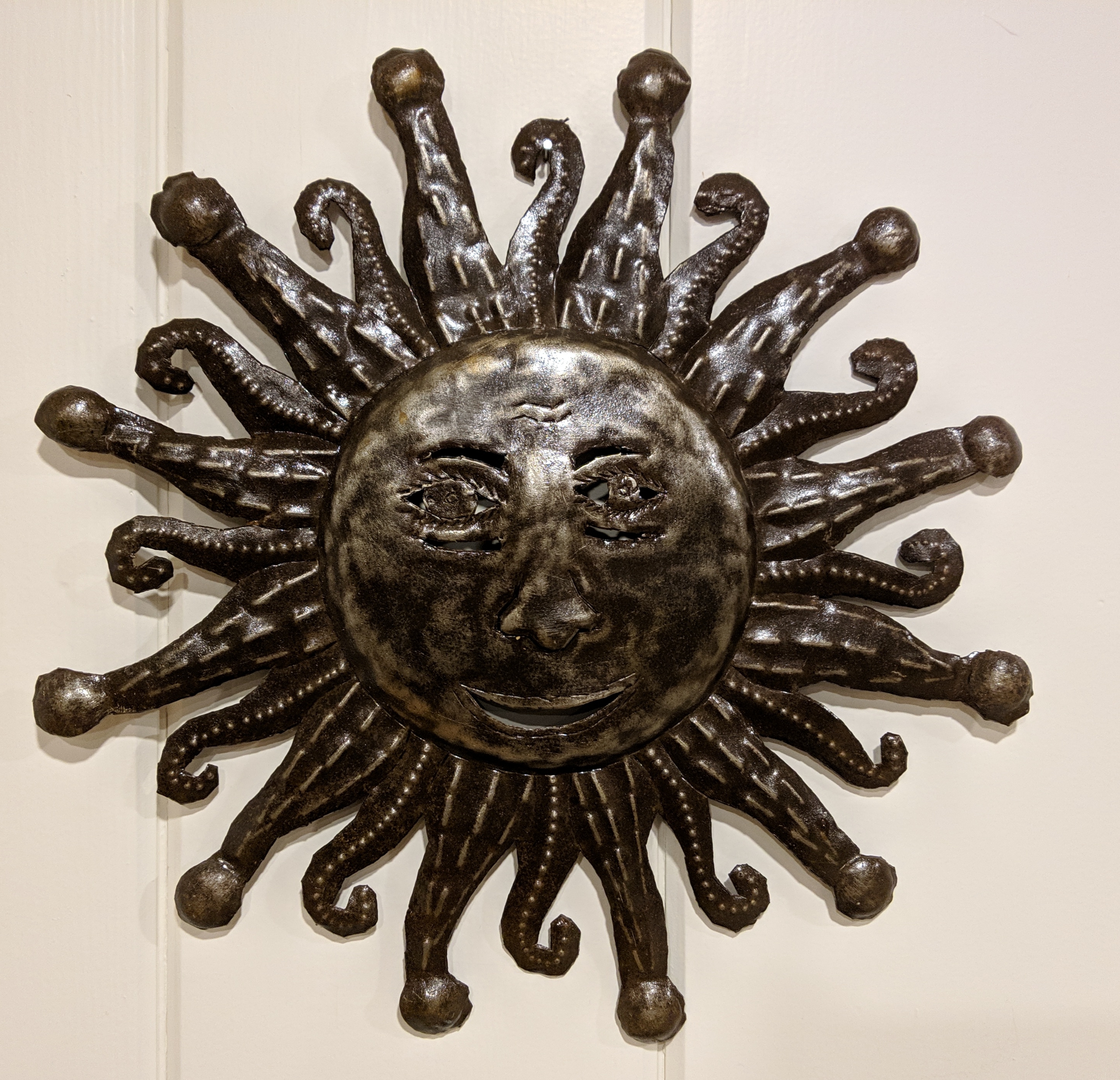It is a good concept tbh. I even miss the physical ringer switch when Im on Android (unless it’s a OnePlus)
Smartphones are in such a sorry state that a single hardware button seems like a big deal.
After all that, i have no idea what this guy even wants, what makes a button an action button?
The author is under the impression that the button will be infinitely remappable. Given Apple’s history, I expect it to be rather limited. I will sorely miss the mute switch which has both a tactile and visible position indicator which does not require waking the phone, or even having the phone on, to actuate (should you want to turn on your phone without getting bombarded with notification sounds).
I see a lot of people mentioning a mute switch…is that anything other than what it sounds like it does? Cus I’ve had volume buttons since the old Nokia brick days.
Sorry, in advance, for the long, descriptive post, but the value of a dedicate, slide mute switch is somewhat nuanced.
The mute switch on an iPhone is a physical slide switch. Without looking, you can feel if it’s muted (back) or active (front) position. Alternately, you can see the condition as, when it’s in the “mute” position, it has an exposed orange (painted) indicator. Neither of these verifications require that the phone be awake or to light up the screen. It can also be activated with the device off, so that if you turn the phone on in a quiet place you don’t have to wait for the UI to become responsive (usually after start notifications have actuated, which occur before software buttons can be pressed to mute the phone). It is a single action to mute, compared to a 5 gesture sequence to silence the phones primary sounds (which can be ringtone OR playback volume, but not both) and an 6-8 gesture sequence (depending on the wake-status of the last used app) to silence the secondary phone sound. Note: I’m assuming that face unlock is active and you are staring at your phone obtrusively; entry of the unlock code would add 7-9 additional touch gestures.
While I agree that a button is nice, it still takes at least two actions - press the button and visually confirm its actuation puts it into the desired mode. There are times when you are unsure what mode the phone is in. On an iPhone, that is not visible from any screen until you either a) wake the phone and actuate a volume button (neither visual nor haptic feedback occurs when a volume button is pressed) or are logged into the phone (two minimum gestures plus face authorization) and use the action center (swipe function) to visually verify th volume position.
Now, you could easily argue that this is fucking terrible UI design, and I would 100% agree with you. I would, likewise agree, that most technical features on an iPhone are certifiably obtuse - ex: you cannot turn on your hotspot without entering the settings app; it’s not even an action center icon option as it is on Android. I would add that it’s also monumental dumbfuckery that your hotspot is the name of your phone and cannot be changed. Or that there is no function to alter the Prompt volume in the phone (ie. for GPS directions) unless the prompt audio is actively playing - difficult if the prompt volume is accidentally (or temporarily) set to zero. In 3rd party apps the prompt volume is several menus deep; for the OEM map application, it doesn’t exist - there is literally no setting.
But, it remains - if you want to mute the alerts on your phone, the switch requires fewer actions and zero view of the device to actuate, and zero activation of the screen or login to verify it’s condition. You may never need to discretely silence your phone or check that it is in silent mode without taking the phone out and unlocking it, but many of us find it quite useful.
How is there an essay about muting a phone.
So many people in this thread saying “who cares it’s just a button” without having any idea what it actually does.
Want the mute switch behavior? Well that’s the default thing the button does and you can use it without looking at it.
Want to program the button to do like literally anything? You can do that. For example:
- Launch the camera app, or any other app
- Control your smart home accessories
- Toggle Do Not Disturb, or another focus mode
- Run a command on a remote server via ssh
- Start recording audio in case you’re around cops doing cop stuff
- Or anything else you can program in with a Shortcut
My Samsung Galaxy S10 has already: The bixby button which opens my calendar (no root necessary) The powerbutton pressed twice: opens the camera. The volume down button: takes a picture.
iPhone once more is just missing options and settings
Best feature in a phone is the Motorola shake flashlight
deleted by creator
RIP onepluses alert slider, loved it
The slider was probably the feature that I liked least about my OnePlus phones, and it was actually a factor in me deciding to not get a OnePlus phone again. Unlike the iPhone switch, which had an action that was perpendicular to the direction that my phone was moving when putting it into my pocket, the OnePlus phone’s slider was parallel to that movement. So the slider would change positions every time my phone would go into my pocket. I like my phone on vibrate 99.9% of the time, so I always needed it in the middle position, which was the hardest one to get it into. I always found myself wishing I could disable that feature, but I never found a way to.
Any time I’ve switched to android over the years that little switch is one of the biggest, yet smallest features on the iPhone that I end up really missing. It is so convenient, and now that it’s reprogrammable with different taps it will be even better.
It will be the think I probably miss the most when I eventually upgrade. The brilliance of the switch is that it is a switch - which means can be verified by feel or by sight to be in the silent position without needing to wake or even take you phone out of your pocket.
wdym, that switch isnt even out yet
Unpopular opinion, but phones these days don’t really need more buttons, but less. We have a huge touch screen after all, let’s take better advantage of it!
- “Action button” - Android phones have had a long press of power button be the assistant button since Android 12, just set your “assistant” as whatever action you want (e.g. with Tasker).
- Sleep/wake button - can be the power button for now, but also don’t forget double-tap on the home screen/lock screen/status bar.
- Power off/on - virtual button since Android 12, physical button for turning on. In case of emergency, I guess hold down for longer or do something like triple-tap.
- Volume keys - every video app should use onscreen gestures, same could be applied for music. In other contexts, statusbar or side swiping gesture could suffice, plus a notification shade slider like some OEMs already provide.
Yeah, nothing is preventing the same device from having a big touchscreen and a bunch of buttons at the same time.
On the other hand, buttons give tactile feedback that a screen will never, ever, ever give.
!remindme 25 years




